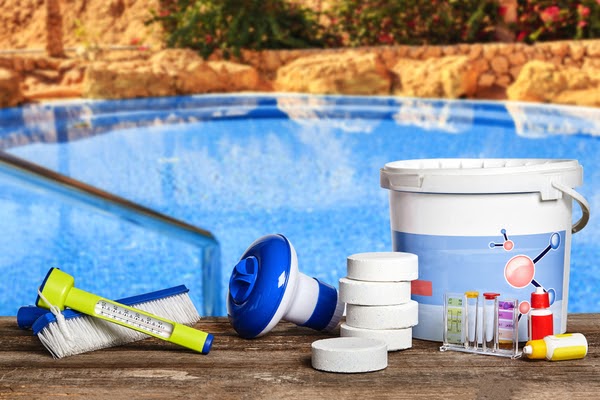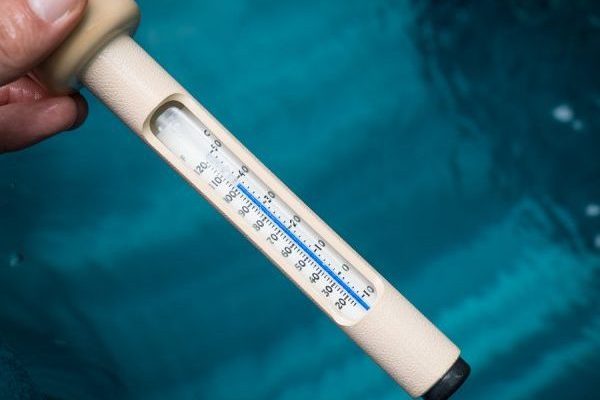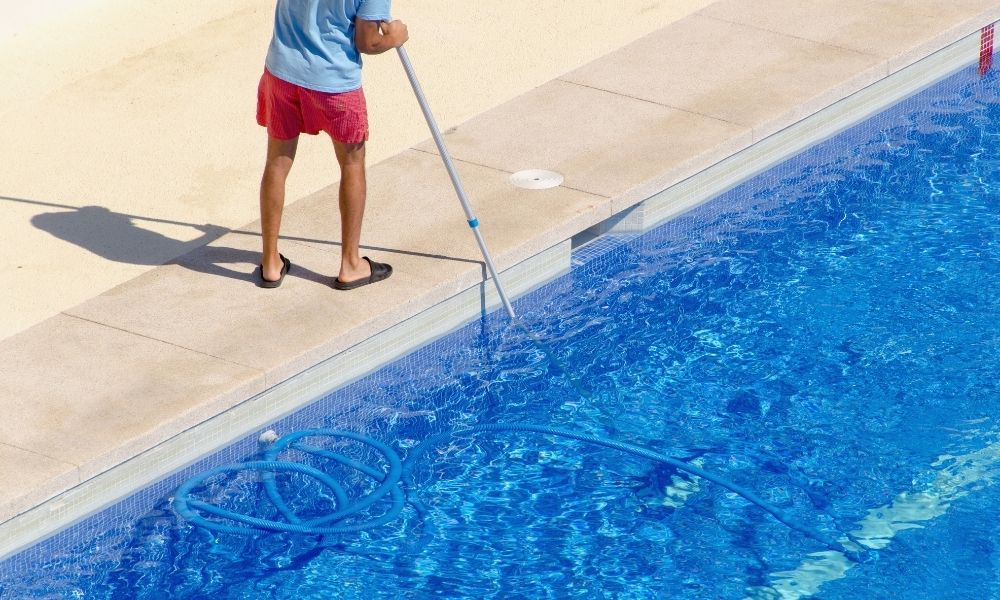Having a pool in your backyard can be a great way to beat the heat, relax with friends and family, and get some exercise. However, owning a pool also comes with the responsibility of keeping it clean and safe for swimmers. Proper pool maintenance is essential for preventing the growth of harmful bacteria and algae, ensuring the water is clear and sparkling, and extending the life of your pool equipment.
Chemical Balance

The first step in pool maintenance is maintaining the correct chemical balance. This means testing the water regularly and adjusting the levels of chlorine, pH, and alkalinity as necessary. Chlorine is the most important chemical for keeping your pool clean and safe. It kills bacteria and other microorganisms that can cause illness and infection. pH is a measure of the acidity or alkalinity of the water. It should be between 7.2 and 7.8 for optimal swimming conditions. Alkalinity helps to stabilize the pH level and prevent fluctuations.
Cleaning and Filtration
A clean pool is not only more inviting to swim in, but it also helps to maintain the chemical balance and prevent the growth of algae and bacteria. Skim the surface of the water regularly to remove leaves, insects, and other debris. Vacuum the bottom of the pool once a week to remove dirt and debris that has settled on the floor. Use a pool brush to scrub the sides of the pool and remove any algae buildup. In addition to manual cleaning, your pool should also have a filtration system that circulates and cleans the water. The filter should be cleaned or replaced regularly to ensure it is working efficiently.
Water Level and Temperature

The water level in your pool should be maintained at the halfway point of the skimmer opening. If the water level is too low, the pump may not work efficiently, and if it is too high, it can cause damage to the pool equipment. In addition to the water level, the temperature of the water should also be considered. The ideal swimming temperature is between 78 and 82 degrees Fahrenheit. If your pool is too warm, it can cause the growth of algae and bacteria, and if it is too cold, it can be uncomfortable for swimmers.
Additional Tips
- Shock your pool once a week to kill any bacteria that may be present
- Use a pool cover when the pool is not in use to prevent debris from entering the water
- Regularly clean and maintain pool equipment, including pumps, filters, and heaters
- Keep pool toys and equipment clean to prevent the spread of germs
- Monitor the water level during heavy rain and add water as necessary
Proper pool maintenance requires time and effort, but it is essential for ensuring the safety and enjoyment of your pool. By following these tips and maintaining a regular schedule, you can keep your water sparkling and safe for swimmers all season long.

